HOW TO REMOVE ACRYLIC NAILS WITHOUT DAMAGING YOUR NATURAL NAILS
In the beauty industry, acrylic nails have been a mainstay, providing people with an easy means of achieving long, gorgeous nails. But the removal procedure can be difficult, and if done , it results in damage to the natural nails. We’ll look at the best methods and procedures in this tutorial to help you remove acrylic nails without damaging your natural nails.
Understanding Acrylic Nails
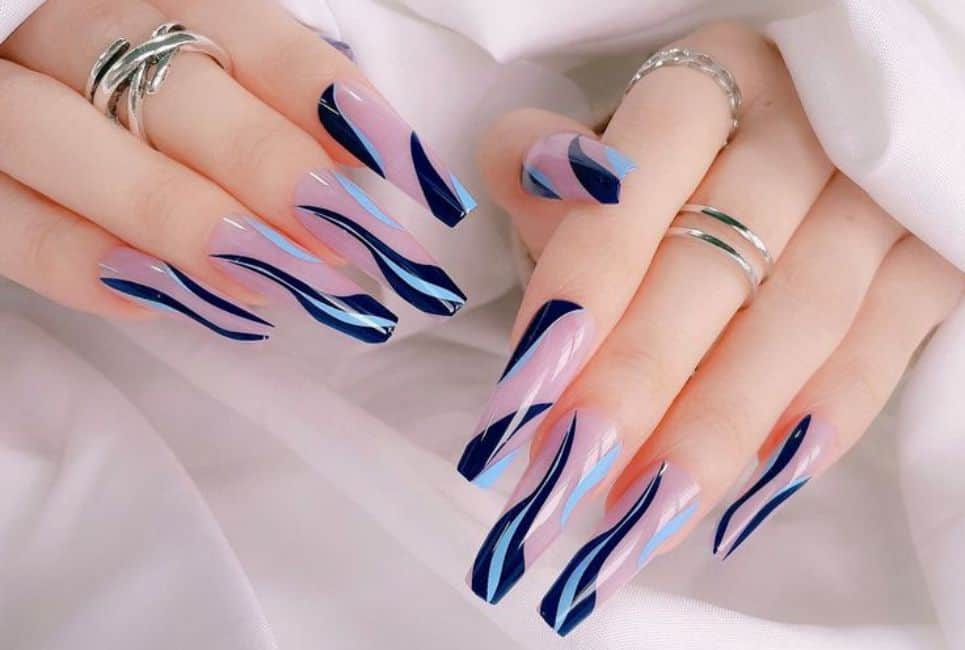
It’s important to comprehend acrylic nails and how they’re applied before beginning the removal process. Artificial nail extensions known as acrylic nails are applied over natural nails using a mixture of powdered polymer and liquid monomer. Acrylic nails may grow out, become dull, or must upkeep, necessitating removal.
Why Proper Removal Matters
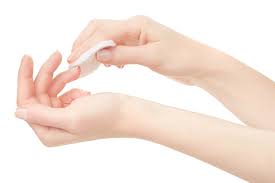
Inadequate removal of acrylic nails may cause thinning, peeling, and breaking of the natural nail bed. Your nails may become unhealthy as a result of this damage also to how they look. As a result, it’s critical to take the right actions to guarantee a careful and safe removal procedure.
Step-by-Step Guide to Removing Acrylic Nails:
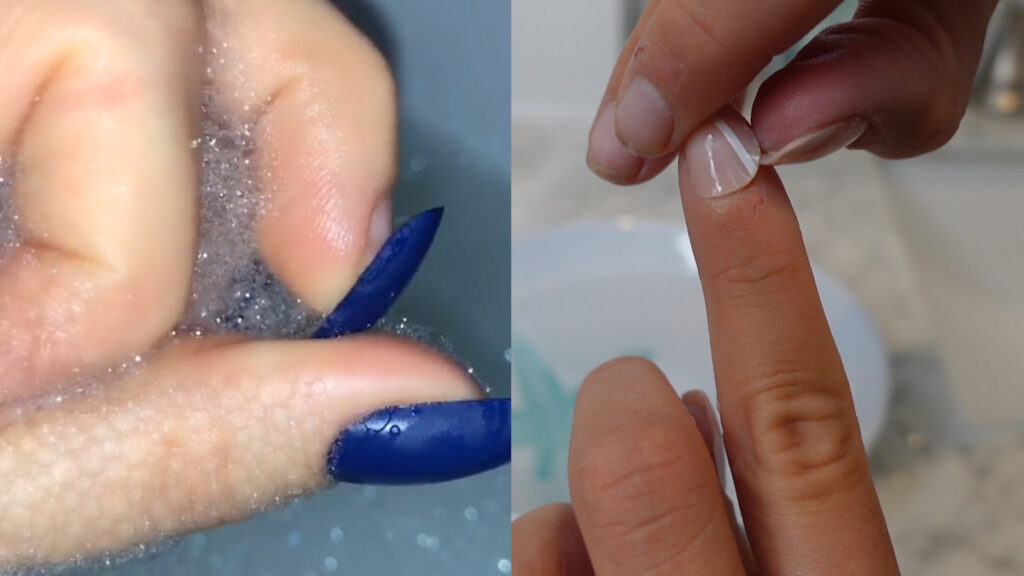
Gather Your Supplies:
· Acetone
· Nail clippers
· Nail file
· Cotton balls or pads
· Aluminium foil
· Cuticle oil
Trim and File:
· Begin by trimming your acrylic nails down to a manageable length using nail clippers.
· File the surface of the acrylic nails to remove the shiny top coat. This step helps the acetone penetrate the acrylic more effectively.
Soak in Acetone:
· Pour acetone into a bowl and warm it for better results.
· Soak cotton balls or pads in acetone and place them over each nail.
· Wrap each finger with aluminium foil to secure the cotton in place and enhance the acetone’s effectiveness.
· Let your nails soak for 20-30 minutes. This allows the acetone to break down the acrylic.
Remove Acrylic:
· After soaking, remove the aluminium foil and cotton balls.
· Use a cuticle pusher or orangewood stick to push off the softened acrylic. Be patient and avoid forcing the acrylic off to prevent damage to the natural nail.
Moisturise:
· Once all acrylic has been removed, wash your hands with soap and water.
· Apply a generous amount of cuticle oil to nourish and hydrate your nails and surrounding skin.
Precautions and Tips:
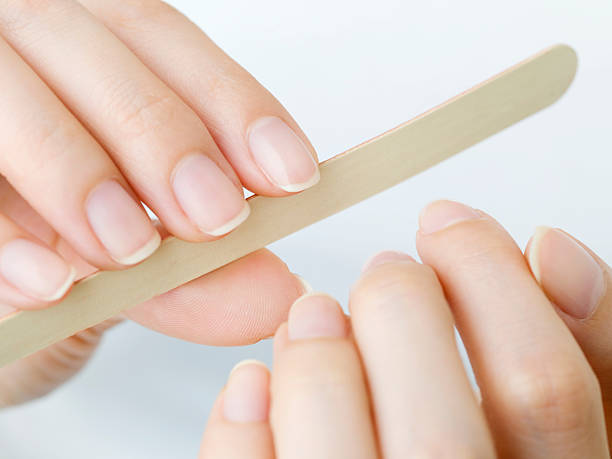
- Avoid using metal tools to scrape off acrylic, as they can damage the natural nail.
- If you experience any discomfort or pain during the removal process, stop immediately and seek professional help.
- Follow up with regular nail care routines, including moisturising and protecting your natural nails.
Understanding the Risks of Improper Removal
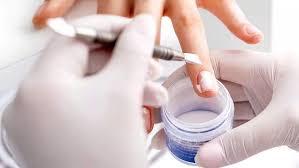
Nail Thinning and Weakness:
Improper removal of acrylic nails can lead to nail thinning and weakness, as the natural nail bed may be inadvertently filed or scraped during the removal process. This can result in fragile nails that are prone to breakage and may take time to regain their strength and resilience.
Fungal Infections:
Leaving remnants of acrylic material on the nail or failing to clean and disinfect the nail bed post-removal can create an environment conducive to fungal infections. These infections can cause discoloration, thickening, and discomfort, requiring medical intervention to treat .
Structural Damage:
Aggressive removal techniques, such as prying or pulling off acrylic nails, can cause structural damage to the natural nail bed. This damage may manifest as nail splitting, peeling, or lifting, compromising the integrity of the nail and leading to long-term issues with nail growth and appearance.
Allergic Reactions:
Some individuals may experience allergic reactions to the chemicals used in acrylic nail products, particularly if they come into prolonged contact with the skin during the removal process. Symptoms of allergic reactions may include redness, itching, swelling, or blistering, necessitating prompt medical attention to address the issue and prevent further complications.
Pain and Discomfort:
Improper removal techniques can cause pain and discomfort, ranging from mild irritation to more severe sensations such as burning or throbbing. This discomfort may persist beyond the removal process and could cause underlying damage to the nail bed or surrounding tissues, requiring professional evaluation and treatment to ease symptoms and promote healing.
Conclusion
Acrylic nail removal doesn’t have to be a difficult procedure. You may remove artificial nails without harming your natural nails by following the instructions in this article and taking the necessary safety measures. The health and well-being of your nails should always come first, so keep that in mind and be patient and careful throughout the procedure.

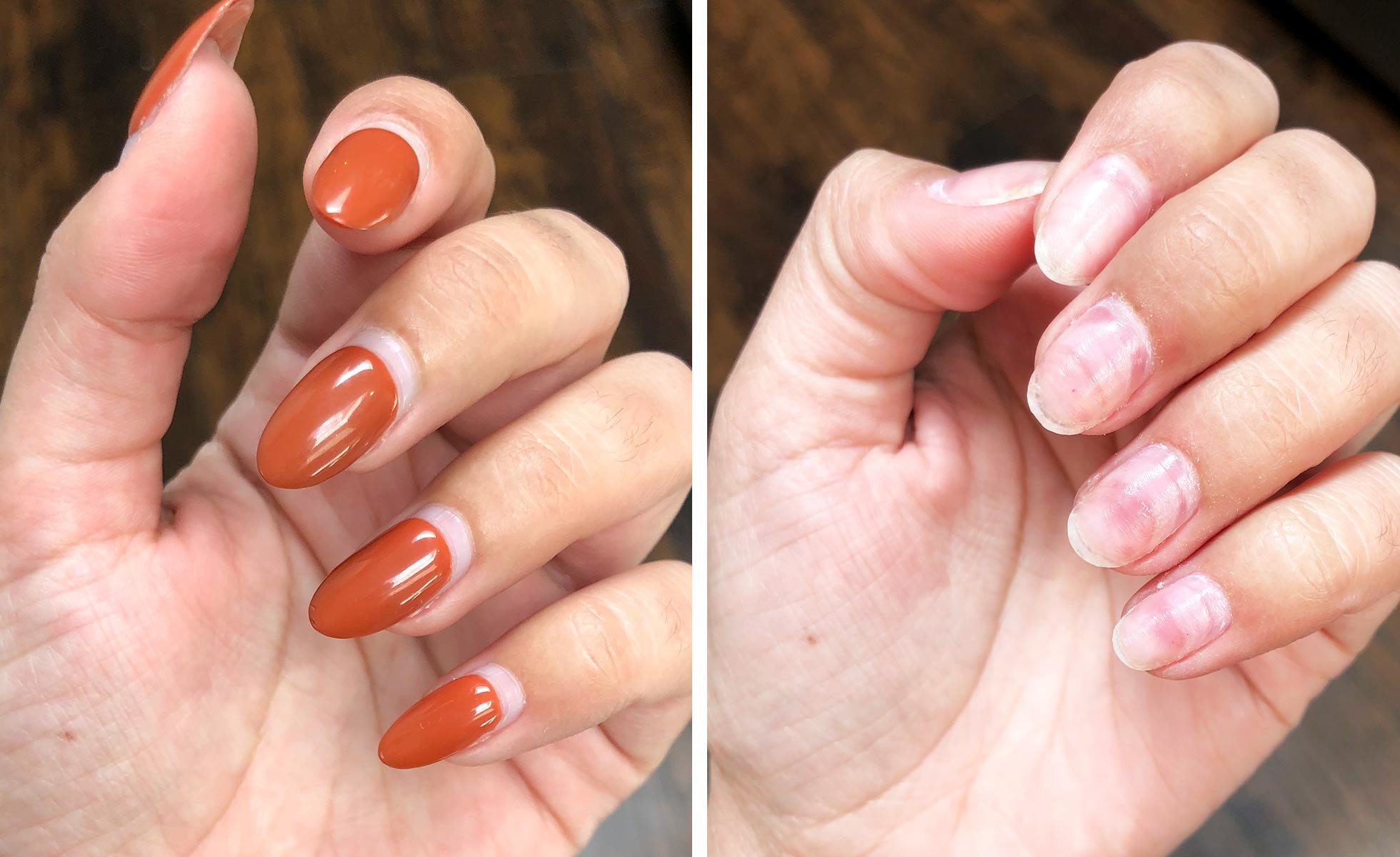
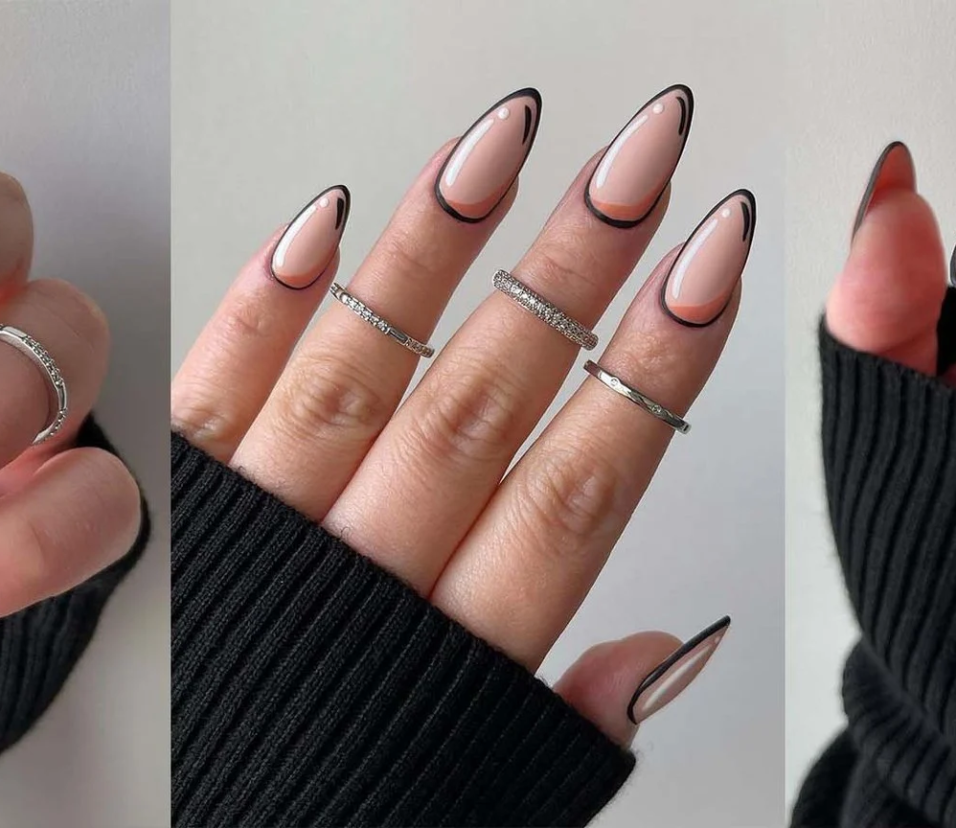
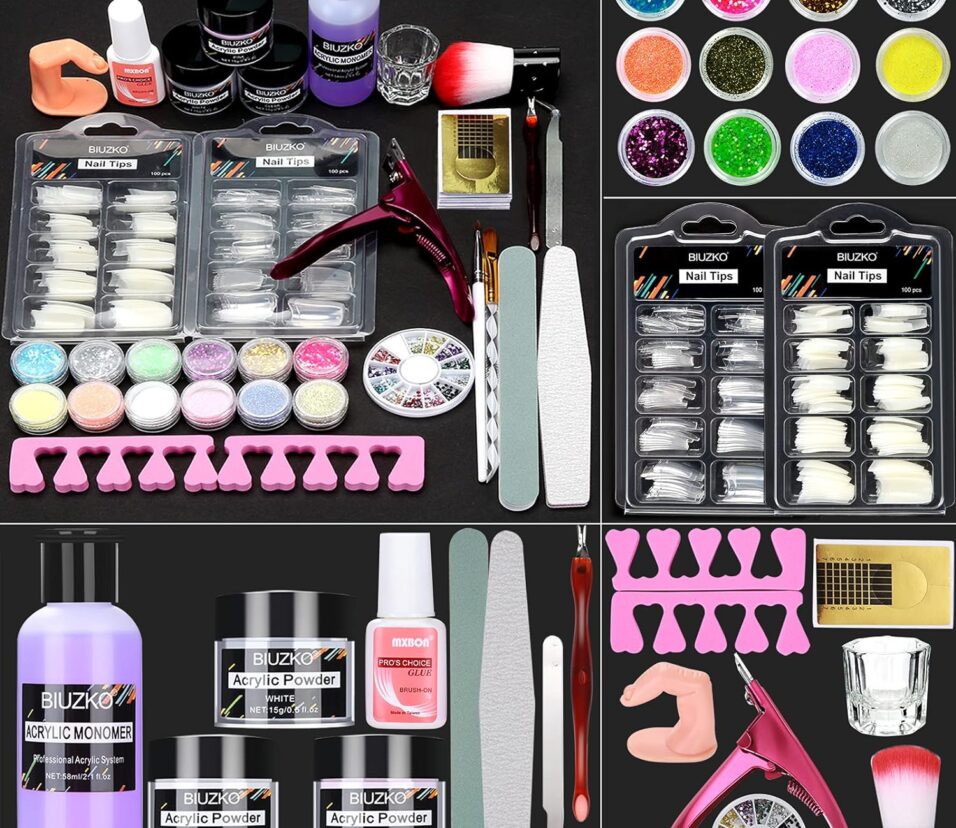
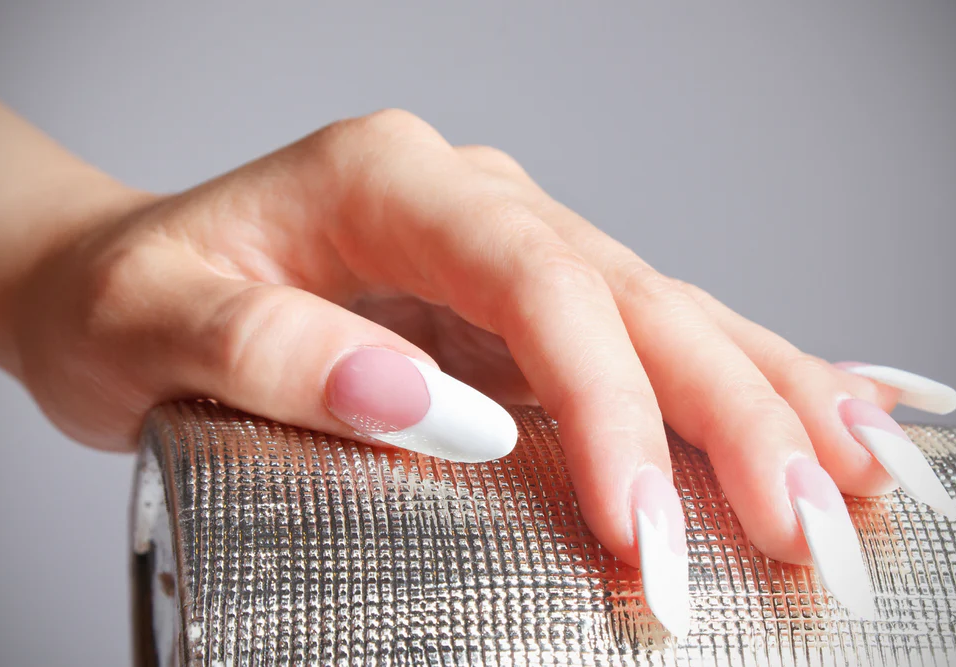
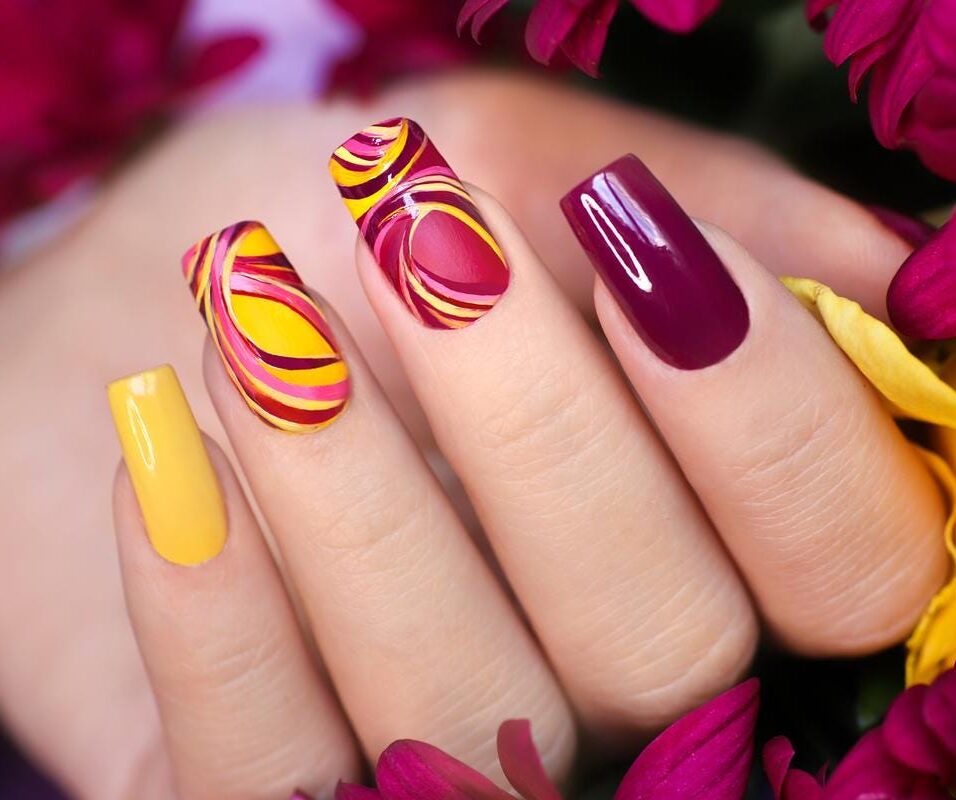
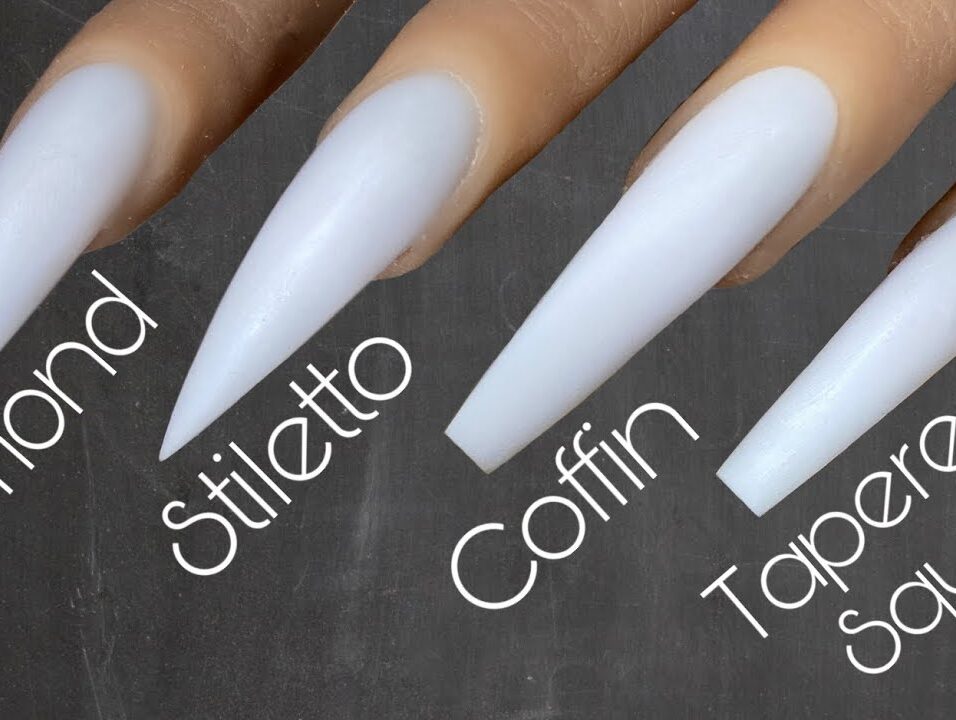
Leave feedback about this